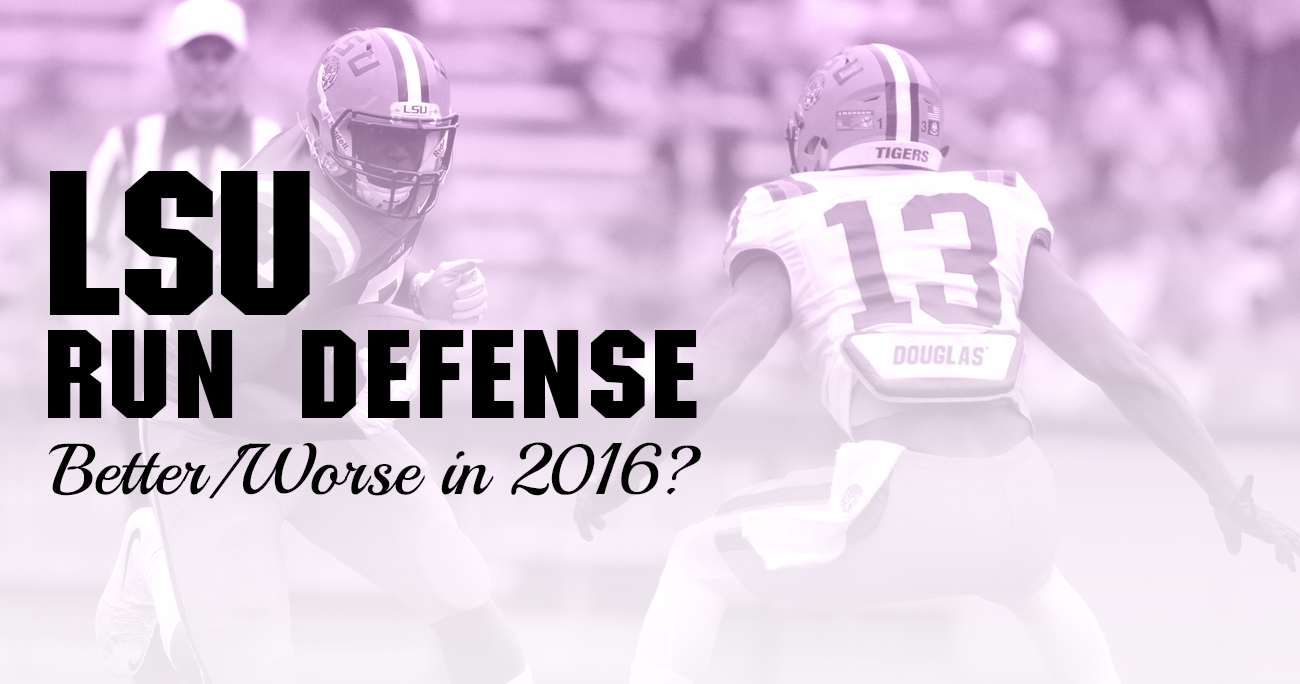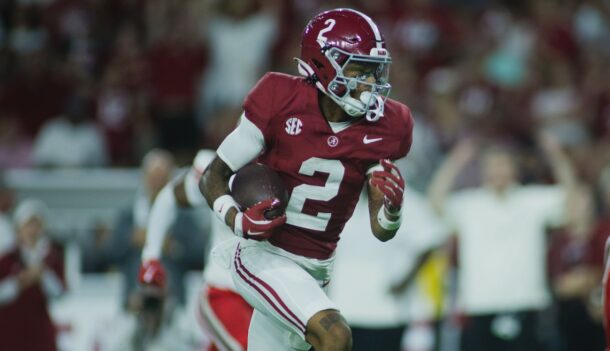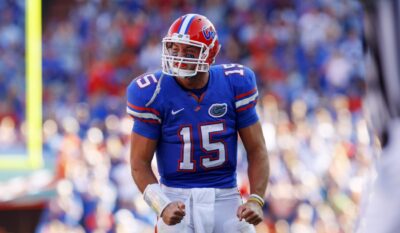
Dave Aranda seems to have inherited a first-rate run defense in his new job.
However, the new LSU defensive coordinator has one primary question with his new defense: his new scheme.
The Tigers have their entire starting defensive line back along with their starting middle linebacker. But with Aranda shifting his unit from the 4-3 to the 3-4, will the Tigers be as good as they were last year when they were third in the SEC and 17th in the nation in run defense, allowing just 122.9 yards per game?
Expect teams to test LSU’s ability to stop the run as the Tigers must prove they are able to execute Aranda’s scheme and excel at one of the thinnest positions on the team.
2015 statistics
Rushing yards allowed per game (SEC rank): 122.9 (3rd)
Most yards allowed in 2015: 299 yards, Arkansas
Rushing TDs allowed: 14 (8th)
100-yard rushers allowed: Alabama’s Derrick Henry (38 carries, 210 yards, 3 TDs); Arkansas’ Alex Collins (16 carries, 141 yards, 2 TDs).
Front seven
There are plenty of question marks in Aranda’s 3-4 front. All four starters are back from last year’s 4-3 front, but Davon Godchaux must learn how to be a nose guard after being a starting defensive tackle last year while former defensive end Arden Key moves to an outside linebacker-defensive end hybrid position.
Can Godchaux hold up at the middle of the defensive front? Can everybody, including defensive ends Christian LaCouture and Lewis Neal, learn their new roles well enough to excel at them?
Those are questions one would take compared to linebacker, a position where LSU has less experience than any other position. The Tigers lost tackle leader Deion Jones to the NFL along with fellow starter Lamar Louis.
Aranda addressed the issue by moving safety Corey Thompson to one outside linebacker spot and Key to the other outside linebacker spot that is really a hybrid defensive end spot.
But even with the new help, the Tigers are woefully thin. They are lucky to have their second-leading tackler, Kendell Beckwith, back to anchor the unit. The other inside linebacker, senior Duke Riley, has been a backup and special teams player his entire career.
Who is the secondary enforcer?
Jamal Adams is one of the best returning safeties in college football, and among his talents is his ability to come up and make tackles near the line of scrimmage.
How’s this for versatility: Adams both led LSU in interceptions (four) and the Tigers’ defensive backs in tackles for loss (five).
Dwayne Thomas, a candidate to play the nickel or dime position, showed run-stopping capabilities in the spring and had three tackles for loss, second-best among LSU secondary members a season ago.
Greatest concern
LSU’s biggest concern is that it proves not to have the right personnel to completely become a 3-4 team and, as a result, becomes a defense without an identity.
The Tigers will start the year as a slanting, stunting front. However, if teams are successful running right at a front that’s smallish for a 3-4 front, Aranda could spend significant parts of the year trying to find the right combination to make the defense work.
One stat that must improve in 2016
5.56: The yards per carry LSU allowed during its three-game losing streak.
Most of that was by Alabama (299 rushing yards) and Arkansas (250 yards), but Ole Miss had a good rushing day also (152 yards). Critics emphasized the Tigers’ failures in the passing games, but the defense also had a hard time getting off the field.
With those three games in mind, the 2015 LSU defense was dominant against lesser competition, but got bullied by the elite SEC opponents.
Better/worse in 2016
Teams are bound to test the Tigers’ front seven early and often, not only because of the question marks LSU has up front, but also as a way to keep a potentially explosive LSU offense led by Heisman Trophy candidate Leonard Fournette off the field.
If you’re a big, physical team like Wisconsin, why wouldn’t you run right at this defense? After all, LSU not only has a smallish 293-pound nose tackle in Godchaux, but also a 227-pound inside linebacker in Riley, who not only is inexperienced as a starter, but somewhat undersized and more noted for his speed.
Given that, even if LSU is pretty good on defense, it will likely give up more rushing yards per game unless the Tigers are so good that they jump to consistently big leads and make teams turn to the pass (where sacks take away from rushing totals).







